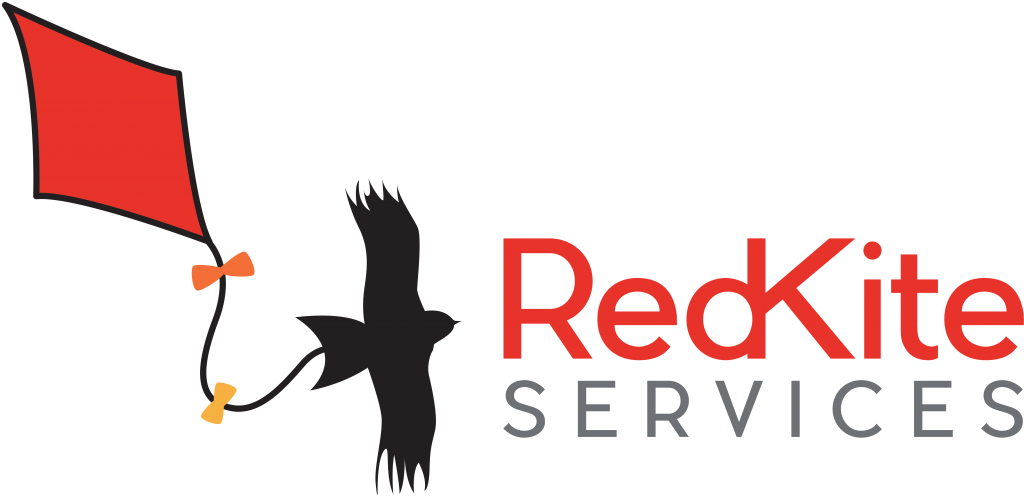What is PR and Why do you Need It?
I am delighted to welcome this guest blog from Vicky Clapham, Managing Director of Bevic Marketing Services Ltd talking about why you need PR and some fabulous top tips for business owners.
What is PR?
PR or public relations is one of the key components of the ‘marketing mix’ and can play a valuable role in the marketing plan for any business: It’s part of the toolkit of tactics that are there to implement the strategic aims of your marketing plan, whether it’s to increase brand awareness, customer engagement, sales or market penetration.
PR can have a poor reputation as being all a bit Ab-Fab and air-kissing. This is far from reality in my experience but it is often an underused tactic as many business owners can feel overwhelmed or unsure about approaching and liaising with the media directly.
So what can PR do?
PR has three key roles: to protect, enhance or build the reputation of your brand. This can be done through media(press/TV/Radio/podcast), social media, or self-produced communications and events.
PR can also be referred to as ‘earned’ media as opposed to ‘paid’ and therefore does carry a sense of endorsement and credibility if your business is featured in a positive piece by a media publication or outlet as you haven’t paid for that ‘advertisement’. In media publications, when you send in a press release on some news about your service or product and they feature it, it’s part of the ‘editorial’ content. If you pay to be featured and it includes copy to accompany an advert for your product/service, this is called an ‘advertorial’.
Whether it’s coverage achieved via a press release, an interview, an op-ed feature (opinion/thought leadership piece), speaking opportunity, influencer engagement, or an award – there’s lots of scope to develop your PR activity and connect your brand with your target audience.
How do you do PR?
One of the first steps you can take when planning your PR tactical execution is looking at who your audience is and what media they consume; what magazines do they read, websites they visit, papers they enjoy, podcasts they listen to, social media platforms they hangout. This will give you a good starting point when you can start looking at what those outlets are looking for when it comes to news and features, and also who are the journalists who write for them. It can be a good idea to follow them on Twitter or Instagram too so can get a feel for their work. You can then start collating your own media lists of contacts.
The next step is looking at what your hooks and news worthy stories could be. This involves really thinking about what the journalists, and their readers/viewers would be interested in. Just because you find something interesting, doesn’t mean they will. Do the ‘So What’ challenge to make sure you have a press release worthy story to share. Everything from new services, acquisitions, achievements, awareness days, topical subjects, insights – all call provide a hook to develop a story and can provide a nice calendar of activity to keep up the PR momentum.
Some other key PR tips include:
- Having a bank of good quality images you can use to showcase you and your product/service when sending out a press release
- Following #Journorequest on Twitter is a great way of seeing call-outs from journalists for specific pieces they are working on.
- Write up an elevator pitch you can use as an intro to the journalist about you and your product/service. It shouldn’t be too long but enough to give them an insight into what you are about and why you are a good fit for them and their readers
- A media bio is a handy one page word document you can attach with your release which includes further info on you – your expertise, skills, background, where you’ve featured previously, contact details etc
- Set up a Google alert on you and your brand name to keep a check on any press mentions
- Include the release in the body of the email. You can add as an attachment if you wish, but always worth including in the main email too.
- Share links to your news coverage. You have to pay for a license to share images of any news coverage to your social media or contacts but you can link to online coverage and include ‘As featured in’ list on your website.
Vicki has also shared her press release template in her second guest blog, How To Write a Press Release.

